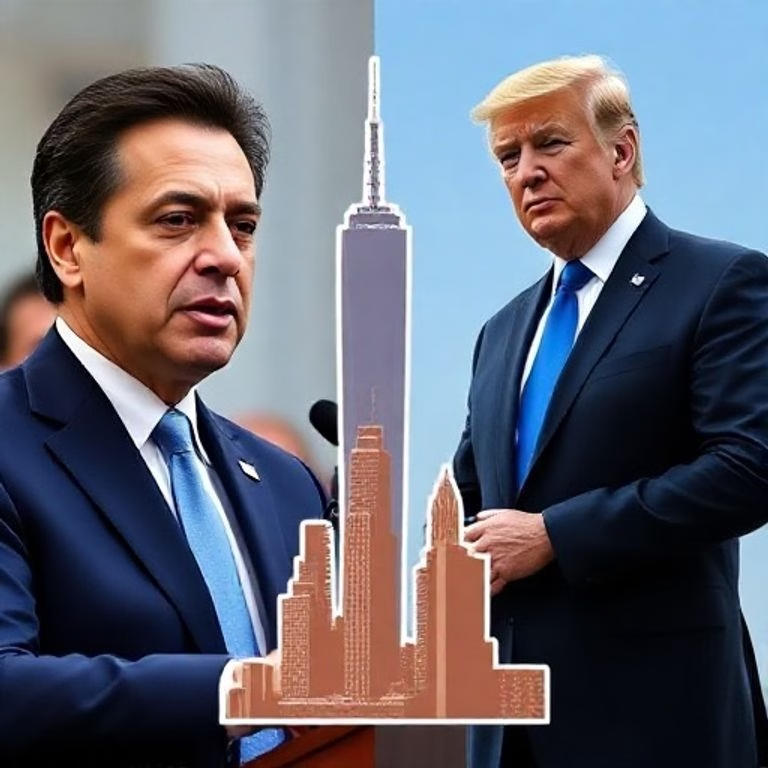Nepal’s Unrest: How Generation Z Sparked a Revolution in 2025

The Spark: Nepal in Turmoil – The 2025 Protests
September 2025. The air in Nepal crackled with a different kind of energy – a rebellious fervor that swept across the nation. It wasn’t a natural disaster, nor a sudden economic collapse, but something far more potent: the collective frustration of a generation. Generation Z, the young people of Nepal, took to the streets in unprecedented numbers, ignited by a shared discontent and a yearning for change. Their protests, initially sparked by social media posts, quickly escalated into a nationwide movement, shaking the very foundations of the Nepalese government.
The Fuel: Corruption, Inequality, and the Children of the Elite
The genesis of the protests lay in a complex web of grievances. Decades of perceived corruption within the Nepalese government had eroded public trust. The gap between the wealthy elite and the vast majority of the population had widened, creating a breeding ground for resentment. Adding fuel to the fire were social media posts that exposed the lavish lifestyles of the children of government officials. Images of opulence, starkly contrasting with the daily struggles of ordinary Nepalese citizens, went viral. This blatant display of disparity, coupled with ongoing economic hardship, ignited a firestorm of anger.
The Catalyst: Social Media Ban and Escalation
The government’s response proved to be a critical miscalculation. In an attempt to quell the growing dissent, the administration, led by Prime Minister K. P. Sharma Oli, made the fateful decision to ban numerous social media platforms. This move, intended to silence the protesters, backfired spectacularly. It was perceived as an attempt to suppress free speech and further fueled the protests, transforming them from online outrage to physical demonstrations on an even larger scale. The ban, rather than containing the movement, became a rallying cry.
The Unfolding Crisis: Violence, Resignation, and Chaos
As the protests intensified, they were met with a harsh response. The streets of Kathmandu and other major cities became battlegrounds. Violent clashes erupted between protesters and security forces, resulting in numerous casualties and extensive damage to government buildings. Tragically, the escalating violence led to deaths and injuries among the protestors. The situation spiraled out of control, culminating in the resignation and eventual flight of Prime Minister K. P. Sharma Oli, marking a significant turning point in the crisis. The country was plunged into a state of political uncertainty, grappling with the aftermath of the unrest.
Underlying Issues: A Generation’s Cry for Change
The 2025 protests were not simply a reaction to immediate events; they were the symptom of deeper, systemic problems. The high rate of youth unemployment, estimated at 20%, left many young people feeling hopeless and disenfranchised. The reliance on remittances, which contributed to 33% of Nepal’s GDP, highlighted the precariousness of the economy and the lack of opportunities within the country. Moreover, a deep-seated lack of trust in political institutions had taken root, creating a climate of cynicism and distrust. These underlying issues served as the bedrock of the protests, underscoring the need for fundamental reforms and a re-evaluation of Nepal’s societal structures.
The Legacy: Unanswered Questions and a Nation’s Future
The legacy of the 2025 protests in Nepal remains complex and multifaceted. While the immediate crisis subsided with the resignation of Prime Minister Oli, the fundamental issues that sparked the unrest remain largely unaddressed. The protests exposed the urgent need for economic reforms, job creation, and a renewed commitment to good governance. The future of Nepal hinges on the nation’s ability to address these challenges and build a society that offers hope and opportunity for all its citizens, especially its young people. The events of September 2025 served as a stark reminder of the power of a generation’s voice and the consequences of ignoring the calls for change.



